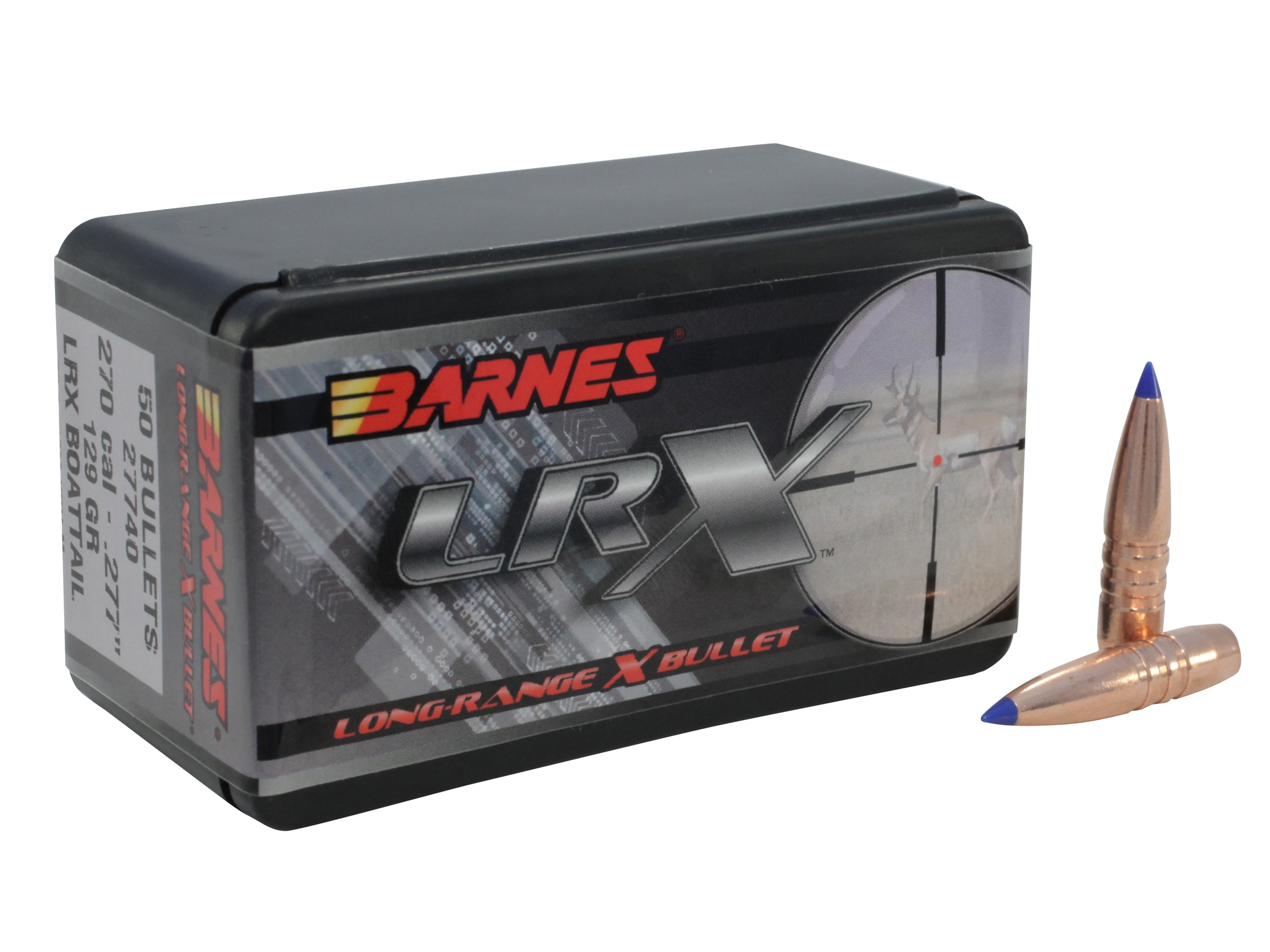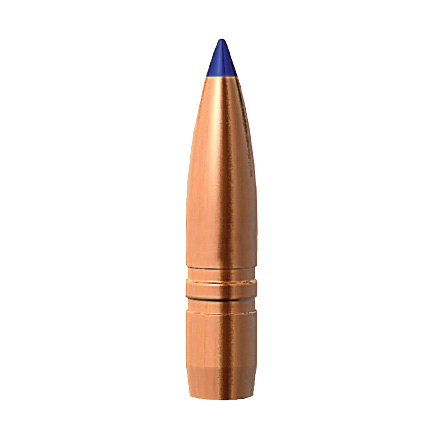what cartridge other than the 223 rem/5.56mm
are you looking to build in an ar15 basic rifle?
now theres several dozen or more popular choices,
choices like
the 10mm auto that uses glock mags
or cartridges that add a bit more power.
pistol cartridge carbines are always a compromise in lower range and power.
every choice made is understood to be a compromise in some area
generally the original 223 rem case lacks the ideal increased ,powder capacity,
to maintain high velocity with bullets over about 6.5 mm, but if your willing to accept lower velocity,
the cartridges using the 223 rem case, like the 350 legend have potential for CQB carbines
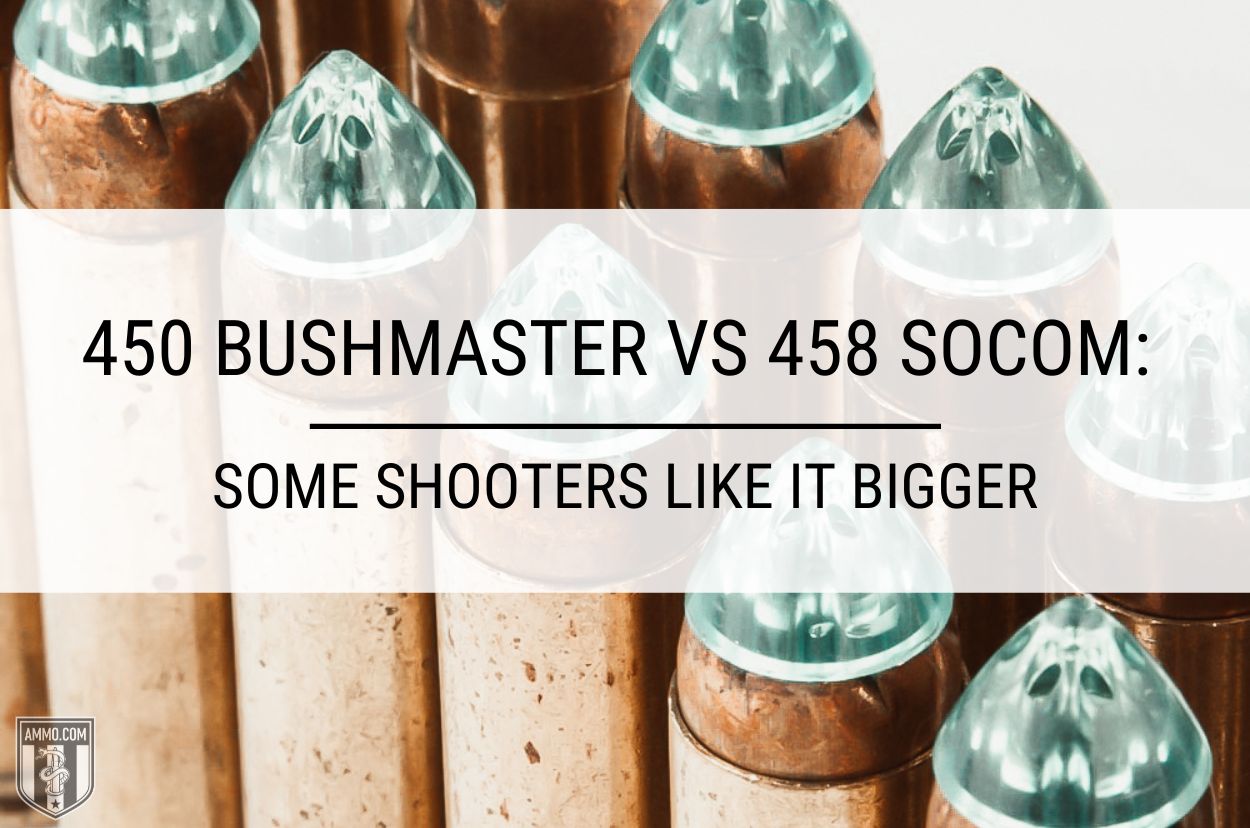
 ammo.com
https://www.gunsandammo.com/editorial/top-5-most-useful-ar-15-cartridges/247789
ammo.com
https://www.gunsandammo.com/editorial/top-5-most-useful-ar-15-cartridges/247789
https://thebiggamehuntingblog.com/6-5-grendel-vs-5-56-223/
https://en.wikipedia.org/wiki/6.8mm_Remington_SPC
http://garage.grumpysperformance.com/index.php?threads/300-blackout-vs-308-caliber-comparison.16703/
https://thebiggamehuntingblog.com/6-8-spc-vs-6-5-grendel/
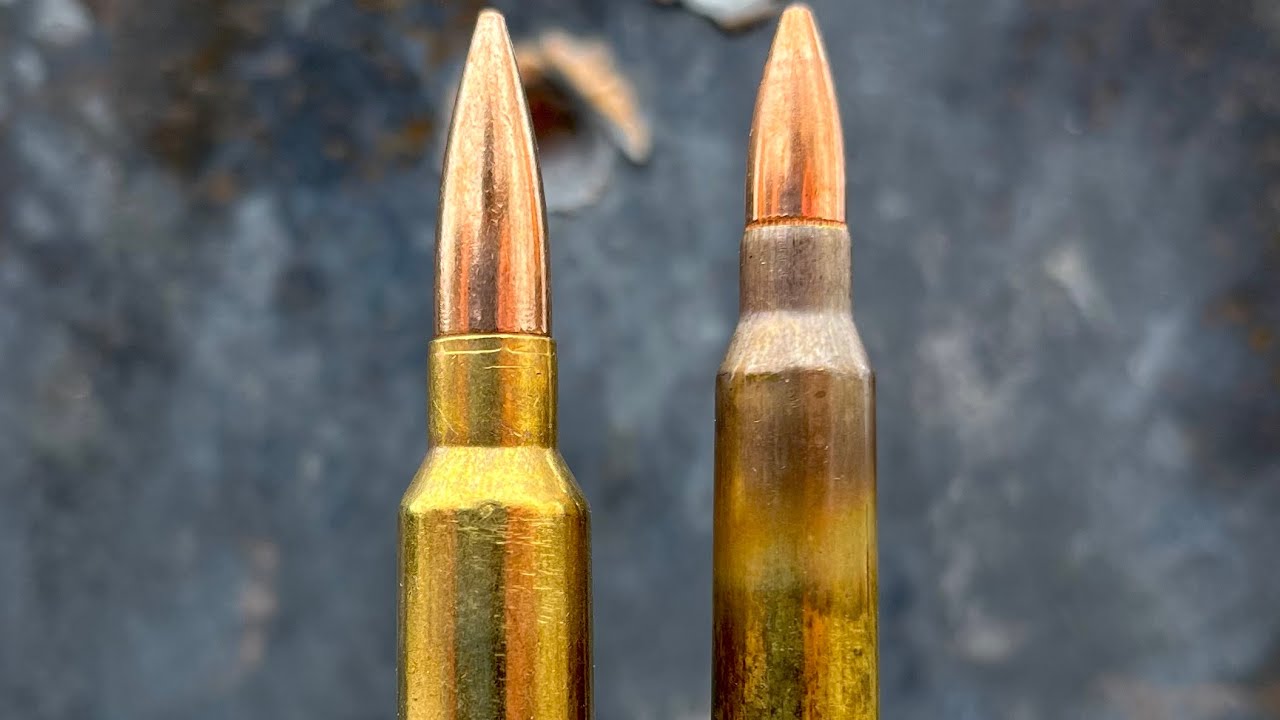
 www.youtube.com
www.youtube.com
 http://www.6mmar.com/ar-15-tips-and-faq.html
http://www.6mmar.com/ar-15-tips-and-faq.html
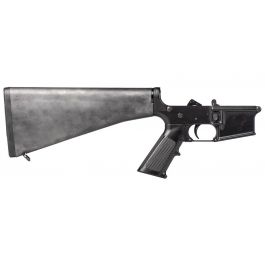
 www.stagarms.com
www.stagarms.com
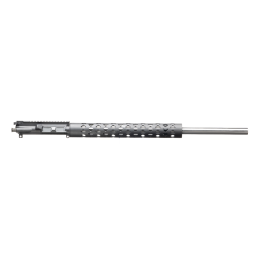
 doublestarusa.com
Im trying to decide on a cartridge to use in a AR15 based ,rifle build
doublestarusa.com
Im trying to decide on a cartridge to use in a AR15 based ,rifle build
this will have a 16"-20 HEAVY STAINLESS BARREL
heres the basic requirements as far as I see them,
the rifle must retain use of, and work, and ideally have been made with the original mil spec magazines
the use of as many original plentiful mil speck parts as possible is a big plus,
it must be at least 24 caliber but not more than 30-35 caliber
the cartridge must be able to provide more impact power/penetration, with the correctly selected bullets, than a 223 rem has at 400 yards
224 Valkyrie has
a bit more velocity than a 223, and its designed to work with heavier 70-77 grain bullets
The 6×45mm is a rimless, bottlenecked cartridge based on the . 223 Remington or 5.56 NATO cartridge necked up to . 243 (6mm). The cartridge is also known as the 6mm-223 Remington or 6mm/223.
(this seems like a potential no brain improvement)
25/45 sharps
https://www.srcarms.com/barrels/25-45-sharps-24-barrel-in-416r
https://gunmagwarehouse.com/all-magazines/rifles
6.5mm Grendel
personally, after looking over most of the AR15 caliber conversion options I think the BEST BALANCE in power/velocity/and penetration on game of for personal defensive use is found with a 18"-20" barrel AR15 in 6,8 SPC
6.8 SPC, and 6.5mm Grendel , are options that provide you with, a noticeable improvement in close range lethality with only a minimal loss in cartridge capacity, the 6.5 has a bit more effective reach, but the 6.8 would be my choice in CQB,
both potentially provide a big improvement in lethality over the 223 in an ar 15 platform,
the 6.8mm and 6.5mm Grendel are both considerable improvements over a more common 223 rem. in cartridge choice for close quarters battle/ personal defensive use, as both retain considerably more lethality out past 300 yards than a 223 rem.
and both I consider improvements over the 7.62/39 AK cartridge.
that allows use of most of the original ar15 components other than, the mandatory upgrade too a new barrel, and new magazines
as the AR platform is just consistently more accurate
Ive talked with several guys I know who hunt with AR15/6.8 spc carbines, they all say the results they see,
duplicate the better 30/30 rifles they have used, thus improving the basic AR15 into a very effective closer range combat arm,
with a noticeable improvement in lethality, over the 223 rem, out to maybe 300 yards.
110-130 grain bullets are preferred with the 115-120 the more popular weights
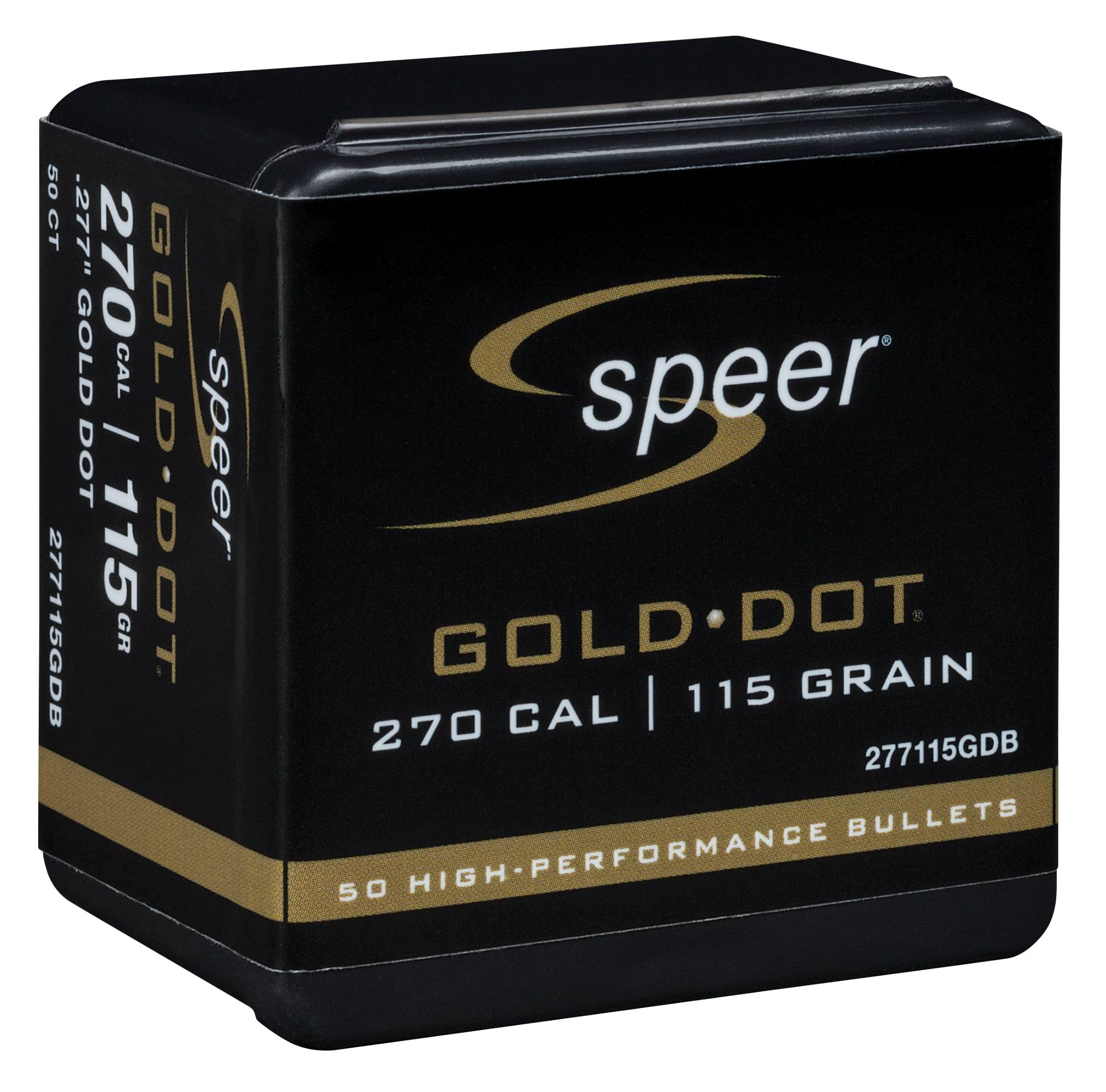
 www.speer.com
www.speer.com
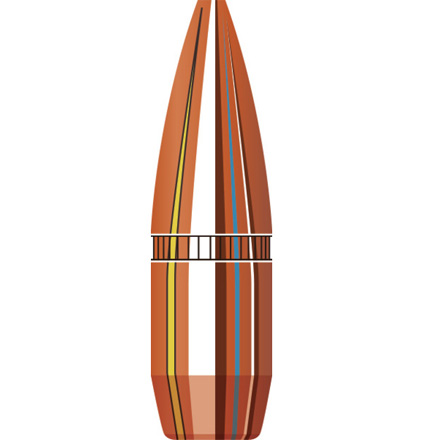
 www.midsouthshooterssupply.com
300 black-out,
www.midsouthshooterssupply.com
300 black-out,
http://garage.grumpysperformance.com/index.php?threads/300-blackout-vs-308-caliber-comparison.16703/
you might want to think of the 300 black-out as
a cartridge designed for suppressor use
https://www.fogammo.com/blogs/news/300-blackout-a-brief-ancestry-historical-timeline
https://www.80-lower.com/products/3...-handguard-side-charged-w-80-lower-1-8-twist/
https://gunnewsdaily.com/300-blackout-vs-308/
these plated cast, 220 grain, bullets are designed to use with a suppressor,
in a 300 black-out, cartridge in an AR15 carbine ,with a suppressor,
typically a 10"-16" barrel to keep the over all length reasonable.
they cost only about 20 cents each keep the velocity below 1250-1300 fps.
faster powders preferred,
the 300 black-out , loaded with the 220 grain bullet,
has easily more than double the typical 9mm carbines power at 100 yards
https://hodgdon.com/wp-content/uploads/2020/07/subsonic-data-final.pdf
10.5 grains of IMR 4198
is a common well liked load in a suppressed 300 black-out with a 220 grain bullet
and use a 7:1-to-9:1 twist rate barrel to maximize accuracy and not have suppressor issues,
remember you want to have heavy and accurate projectiles leave the suppressor,
be below the sound barrier,
this 220 grain plated bullet in a 300 black out,
far exceeds the typical 9mm sub machine guns power ,
accuracy, range and penetration,
https://www.wideners.com/reloading-...-grain-plated-spire-point-500-bullets-reviews
with a 220 grain bullet at 1000 fps, making it far more lethal than a 9mm submachine gun cartridge,
at ranges out to about 150 yards with a suppressor in use,
and if swapping to a non-suppressor use,
and about 130-150 grain ammo far more lethal than a 223 rem,
out to about 350 -400 yards
350 legend, (this is fairly new but has the potential to be an excellent hunting and self defense cartridge out to at least 250 yards with the correct bullet selected.)
a well documented and lethal 35 caliber/9mm bore size cartridge ,
designed to allow use of a ar 15 platform in areas that only allow strait wall cartridges for deer hunting,
best used at under 150-200 yards on deer and hogs, but certainly lethal as a military cartridge out to 250 plus yards
50 beawulf
458 socom,
are popular with those who hunt medium / deer/hogs
many require special magazines along with new barrels, bolt
assemblies'
the ones I high lighted/(BOLD)
seem to be the most popular in the group of guys I hang out with.
any of the four bold choices are better than the 223 rem for hunting,
as any of the four provide more impact energy,
heavier bullets and deeper penetration,
but it really helps if you hand load as ammo cost can be much higher
and all four cartridges listed in bold work well in 16" or better yet 20" barrel lengths
https://gunmagwarehouse.com/all-magazines/rifles
https://en.wikipedia.org/wiki/List_of_AR_platform_cartridges
https://gundigest.com/rifles/ar-15/...rtridges-what-should-you-chamber-your-carbine
https://gunnewsdaily.com/best-ar-15-calibers-cartridges/
https://www.gunbacker.com/ar-15-calibers/
https://www.pewpewtactical.com/best-alternative-ar-15-cartridges-and-calibers/
https://www.shootingillustrated.com/articles/2021/3/1/the-complete-guide-to-ar-15-cartridges
are you looking to build in an ar15 basic rifle?
now theres several dozen or more popular choices,
choices like
the 10mm auto that uses glock mags
or cartridges that add a bit more power.
pistol cartridge carbines are always a compromise in lower range and power.
every choice made is understood to be a compromise in some area
generally the original 223 rem case lacks the ideal increased ,powder capacity,
to maintain high velocity with bullets over about 6.5 mm, but if your willing to accept lower velocity,
the cartridges using the 223 rem case, like the 350 legend have potential for CQB carbines

450 Bushmaster vs 458 SOCOM: Cartridge Comparison by Experts Ammo.com
450 Bushmaster vs 458 SOCOM caliber comparison by Ammo.com. How 458 SOCOM ballistics compare to 450 Bushmaster ballistics and produce deer hunting results.
https://thebiggamehuntingblog.com/6-5-grendel-vs-5-56-223/
https://en.wikipedia.org/wiki/6.8mm_Remington_SPC
http://garage.grumpysperformance.com/index.php?threads/300-blackout-vs-308-caliber-comparison.16703/
https://thebiggamehuntingblog.com/6-8-spc-vs-6-5-grendel/

6.5 Grendel vs 5.56x45: Don’t Waste The Money
On this episode of Ultimate Barrier Testing, we will be comparing the performance of the 5.56 NATO to the 6.5 Grendel on 4 different targets. Each target is ...

Stag 15 Retro Complete Lower
Stag 15 Retro Complete Lower is the high quality, durable, military proven A2 complete lower you've been looking for. Made to mil-spec standards featuring an A2 buttstock with trap door for storage, the Stag 15 Retro Rifle is perfect to get your Retro build off and running. Federal law...

24”6.8 SPC II Bull Barreled Flattop Complete Upper w/ Low Pro Gas Block, 15” HG
#html-body [data-pb-style=XCEMJ29]{justify-content:flex-start;display:flex;flex-direction:column;background-position:left top;background-size:cover;background-repeat:no-repeat;background-attachment:scroll}Our bull-barreled flattop upper starts with a 6.8
this will have a 16"-20 HEAVY STAINLESS BARREL
heres the basic requirements as far as I see them,
the rifle must retain use of, and work, and ideally have been made with the original mil spec magazines
the use of as many original plentiful mil speck parts as possible is a big plus,
it must be at least 24 caliber but not more than 30-35 caliber
the cartridge must be able to provide more impact power/penetration, with the correctly selected bullets, than a 223 rem has at 400 yards
224 Valkyrie has
a bit more velocity than a 223, and its designed to work with heavier 70-77 grain bullets
The 6×45mm is a rimless, bottlenecked cartridge based on the . 223 Remington or 5.56 NATO cartridge necked up to . 243 (6mm). The cartridge is also known as the 6mm-223 Remington or 6mm/223.
(this seems like a potential no brain improvement)
25/45 sharps
https://www.srcarms.com/barrels/25-45-sharps-24-barrel-in-416r
https://gunmagwarehouse.com/all-magazines/rifles
6.5mm Grendel
personally, after looking over most of the AR15 caliber conversion options I think the BEST BALANCE in power/velocity/and penetration on game of for personal defensive use is found with a 18"-20" barrel AR15 in 6,8 SPC
6.8 SPC, and 6.5mm Grendel , are options that provide you with, a noticeable improvement in close range lethality with only a minimal loss in cartridge capacity, the 6.5 has a bit more effective reach, but the 6.8 would be my choice in CQB,
both potentially provide a big improvement in lethality over the 223 in an ar 15 platform,
the 6.8mm and 6.5mm Grendel are both considerable improvements over a more common 223 rem. in cartridge choice for close quarters battle/ personal defensive use, as both retain considerably more lethality out past 300 yards than a 223 rem.
and both I consider improvements over the 7.62/39 AK cartridge.
that allows use of most of the original ar15 components other than, the mandatory upgrade too a new barrel, and new magazines
as the AR platform is just consistently more accurate
Ive talked with several guys I know who hunt with AR15/6.8 spc carbines, they all say the results they see,
duplicate the better 30/30 rifles they have used, thus improving the basic AR15 into a very effective closer range combat arm,
with a noticeable improvement in lethality, over the 223 rem, out to maybe 300 yards.
110-130 grain bullets are preferred with the 115-120 the more popular weights

Buy Gold Dot Rifle Component Bullet for USD 20.99 | Speer
Shopping for the Gold Dot Rifle Component Bullet - Learn more about the latest Gold Dot Rifle Component Bullet and other hunting, shooting or reloading gear at Speer.

6.8 Caliber .277 Diameter 110 Grain Boat Tail Hollow Point Match 100 Count
6.8 Caliber .277 Diameter 110 Grain Boat Tail Hollow Point Match 100 Count by HORNADY AMMUNITION AND BULLETS Features: Streamlined design for ultra flat trajectories. Match grade jacket design provides maximum accuracy at all ranges. Explosive expansion, even at low velocities...
you might want to think of the 300 black-out as
a cartridge designed for suppressor use
https://www.fogammo.com/blogs/news/300-blackout-a-brief-ancestry-historical-timeline
https://www.80-lower.com/products/3...-handguard-side-charged-w-80-lower-1-8-twist/
https://gunnewsdaily.com/300-blackout-vs-308/
these plated cast, 220 grain, bullets are designed to use with a suppressor,
in a 300 black-out, cartridge in an AR15 carbine ,with a suppressor,
typically a 10"-16" barrel to keep the over all length reasonable.
they cost only about 20 cents each keep the velocity below 1250-1300 fps.
faster powders preferred,
the 300 black-out , loaded with the 220 grain bullet,
has easily more than double the typical 9mm carbines power at 100 yards
https://hodgdon.com/wp-content/uploads/2020/07/subsonic-data-final.pdf
10.5 grains of IMR 4198
is a common well liked load in a suppressed 300 black-out with a 220 grain bullet
and use a 7:1-to-9:1 twist rate barrel to maximize accuracy and not have suppressor issues,
remember you want to have heavy and accurate projectiles leave the suppressor,
be below the sound barrier,
this 220 grain plated bullet in a 300 black out,
far exceeds the typical 9mm sub machine guns power ,
accuracy, range and penetration,
https://www.wideners.com/reloading-...-grain-plated-spire-point-500-bullets-reviews
with a 220 grain bullet at 1000 fps, making it far more lethal than a 9mm submachine gun cartridge,
at ranges out to about 150 yards with a suppressor in use,
and if swapping to a non-suppressor use,
and about 130-150 grain ammo far more lethal than a 223 rem,
out to about 350 -400 yards
350 legend, (this is fairly new but has the potential to be an excellent hunting and self defense cartridge out to at least 250 yards with the correct bullet selected.)
a well documented and lethal 35 caliber/9mm bore size cartridge ,
designed to allow use of a ar 15 platform in areas that only allow strait wall cartridges for deer hunting,
best used at under 150-200 yards on deer and hogs, but certainly lethal as a military cartridge out to 250 plus yards
50 beawulf
458 socom,
are popular with those who hunt medium / deer/hogs
many require special magazines along with new barrels, bolt
assemblies'
the ones I high lighted/(BOLD)
seem to be the most popular in the group of guys I hang out with.
any of the four bold choices are better than the 223 rem for hunting,
as any of the four provide more impact energy,
heavier bullets and deeper penetration,
but it really helps if you hand load as ammo cost can be much higher
and all four cartridges listed in bold work well in 16" or better yet 20" barrel lengths
https://gunmagwarehouse.com/all-magazines/rifles
https://en.wikipedia.org/wiki/List_of_AR_platform_cartridges
https://gundigest.com/rifles/ar-15/...rtridges-what-should-you-chamber-your-carbine
https://gunnewsdaily.com/best-ar-15-calibers-cartridges/
https://www.gunbacker.com/ar-15-calibers/
https://www.pewpewtactical.com/best-alternative-ar-15-cartridges-and-calibers/
https://www.shootingillustrated.com/articles/2021/3/1/the-complete-guide-to-ar-15-cartridges
Last edited:





 yes, much higher velocity through use of lighter weight projectiles at shorter distances with those lighter weight projectiles generally look more impressive, but you usually won't know the target/ or your opponents s range before its engaged
yes, much higher velocity through use of lighter weight projectiles at shorter distances with those lighter weight projectiles generally look more impressive, but you usually won't know the target/ or your opponents s range before its engaged